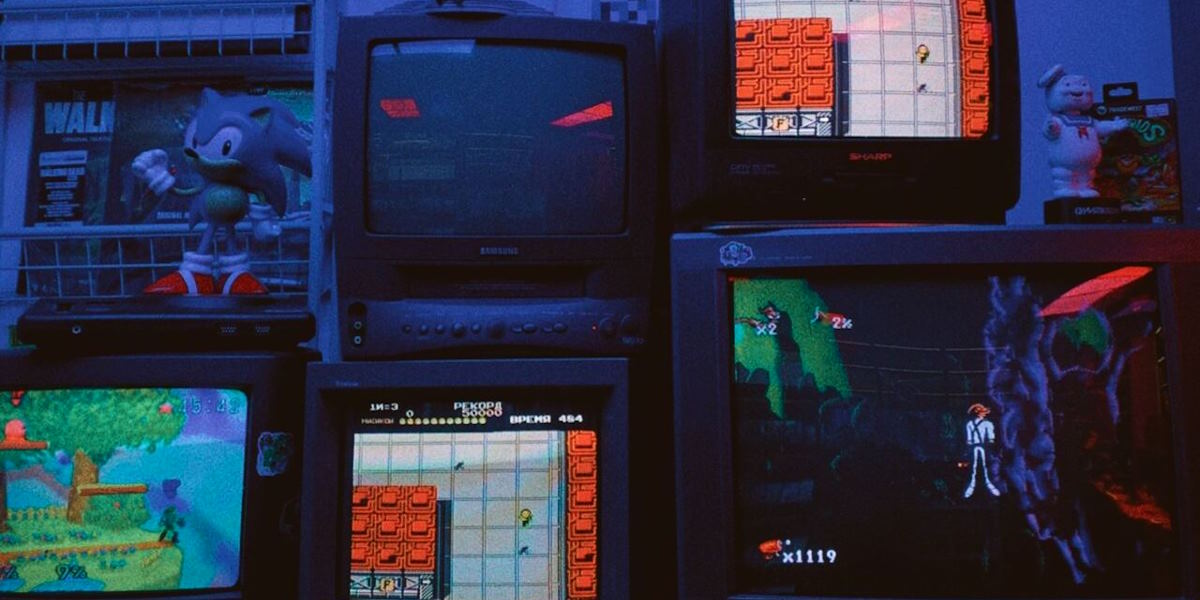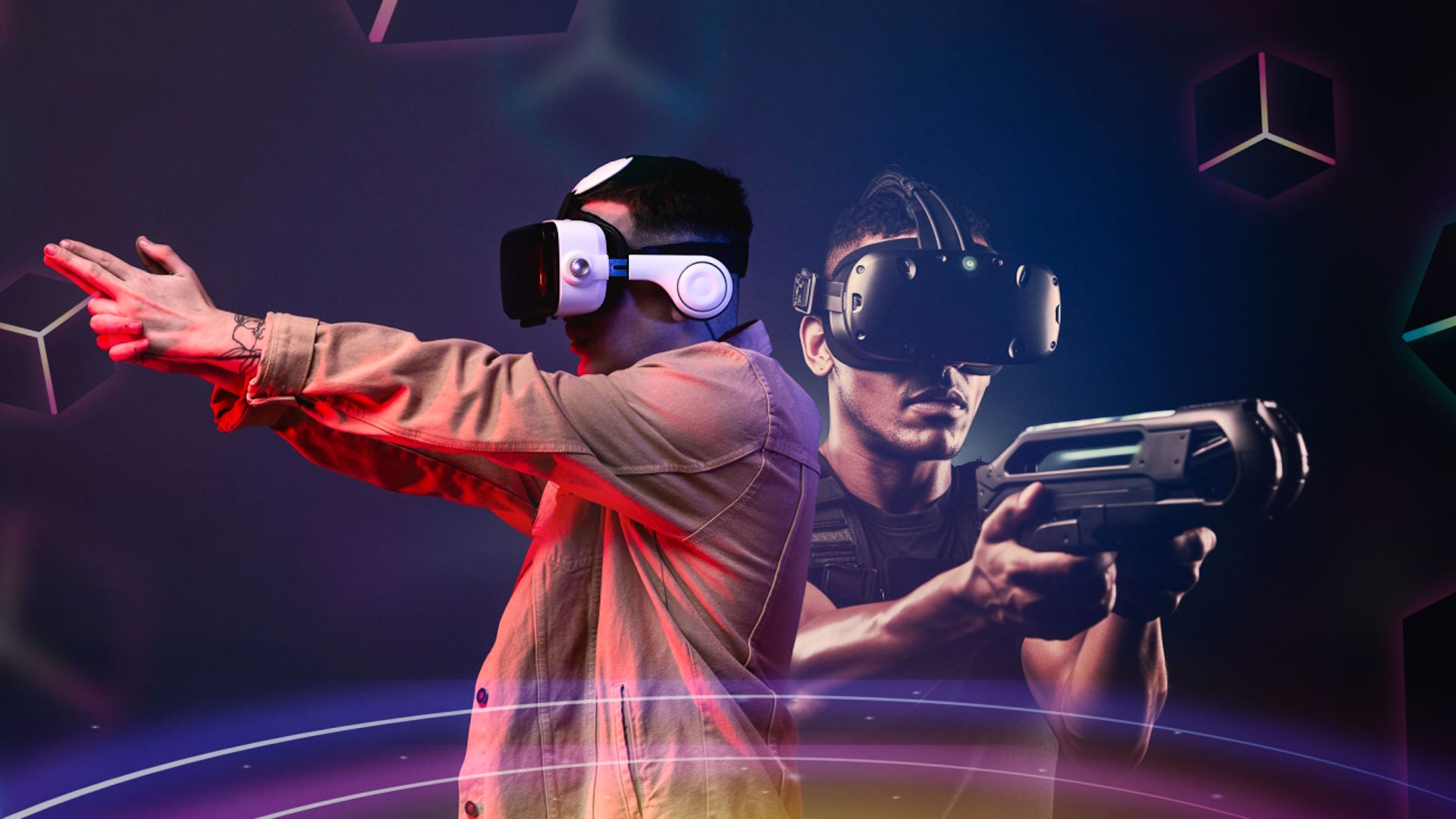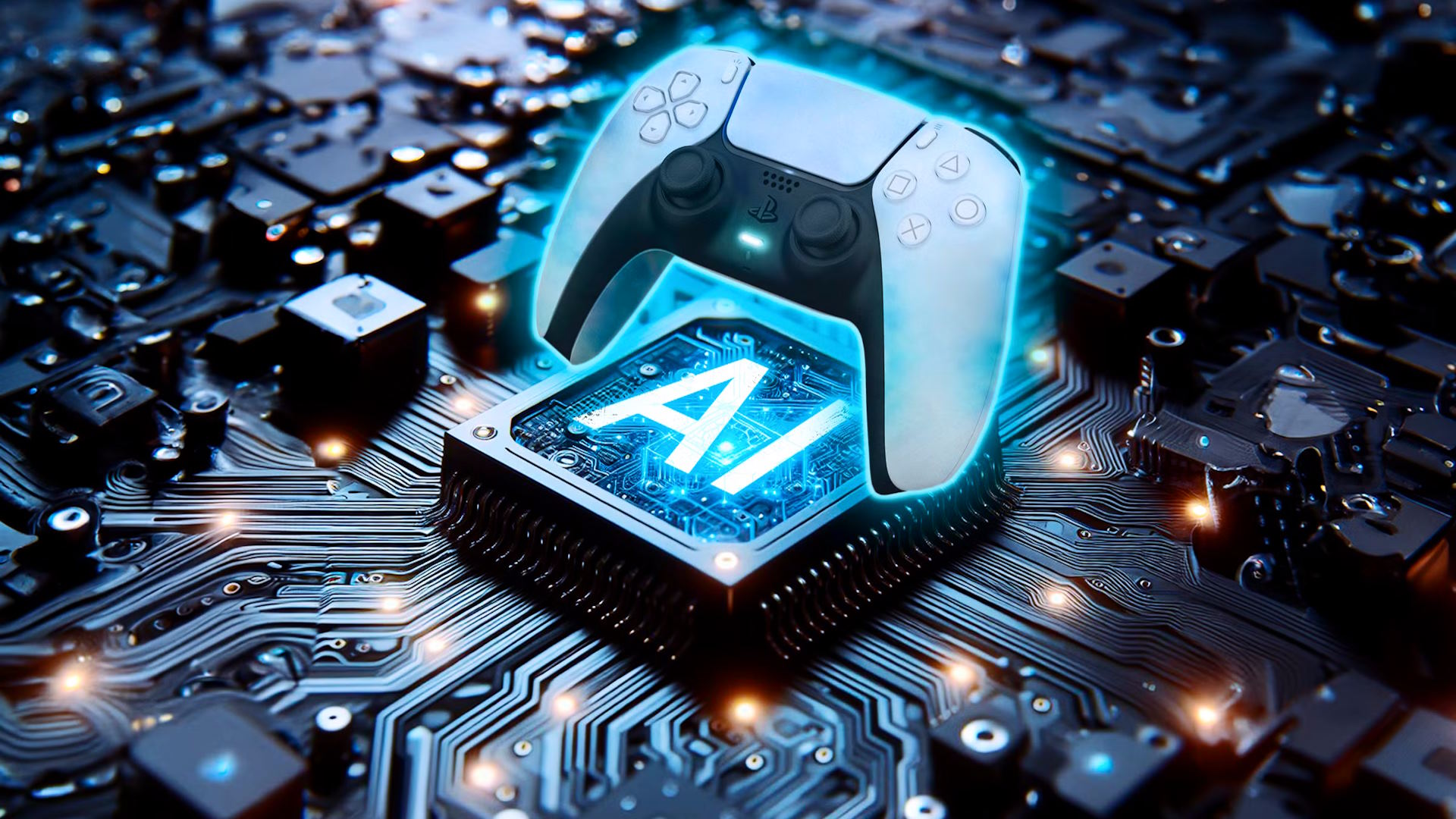Graphics technology in gaming has evolved dramatically over the years, moving from basic 2D graphics to stunning 3D visuals and now pushing the boundaries of realism with advanced techniques like ray tracing. In this article, we’ll look at the transition from 2D to 3D graphics, the impact of ray tracing on visual fidelity, and the importance of real-time rendering in modern gaming.
The Transition from 2D to 3D Graphics
In the early days of gaming, games were limited to 2D graphics, where gameplay was confined to a two-dimensional environment. These simple graphics were effective for their time but couldn’t offer the depth or realism that players crave today.
- 2D graphics: Early games like Super Mario Bros. and Pac-Man relied on pixel-based artwork and side-scrolling mechanics.
- 3D graphics: As technology advanced, 3D games began to emerge, starting with games like Super Mario 64 and Doom. These games used polygons to create more dynamic and immersive environments.
The shift to 3D marked a pivotal moment in the gaming industry, allowing developers to create fully realized worlds and characters with depth and perspective.
Impact of Ray Tracing on Visual Fidelity
One of the most significant advancements in graphics technology has been ray tracing, a technique that simulates how light behaves in the real world. Ray tracing creates more lifelike lighting, shadows, and reflections, greatly improving visual fidelity in games.
- Realistic lighting: Ray tracing allows for more accurate lighting, resulting in smoother transitions between light and shadow.
- Improved reflections: Games with ray tracing can now feature dynamic, real-time reflections, enhancing realism in environments like water or glass surfaces.
This technology, once reserved for CGI films, is now accessible in real-time gaming, offering players a truly cinematic experience.
Real-Time Rendering and Its Significance
Real-time rendering refers to the process of generating images at high speeds, allowing for smooth gameplay without delay. It’s critical for modern gaming, where every frame counts.
- Fast rendering: Modern game engines, like Unreal Engine and Unity, employ advanced rendering techniques to ensure seamless performance, even with complex graphics.
- Significance: Real-time rendering enables gamers to experience vast, visually stunning worlds without the need for pre-rendered cutscenes, making the experience more interactive and immersive.
The evolution of graphics technology in gaming has been nothing short of revolutionary. From the early 2D graphics to the immersive world of 3D environments, the impact of ray tracing on visual fidelity, and the necessity of real-time rendering, gaming visuals continue to push the boundaries of what’s possible. As technology advances, we can only imagine how these innovations will continue to shape the future of gaming.






